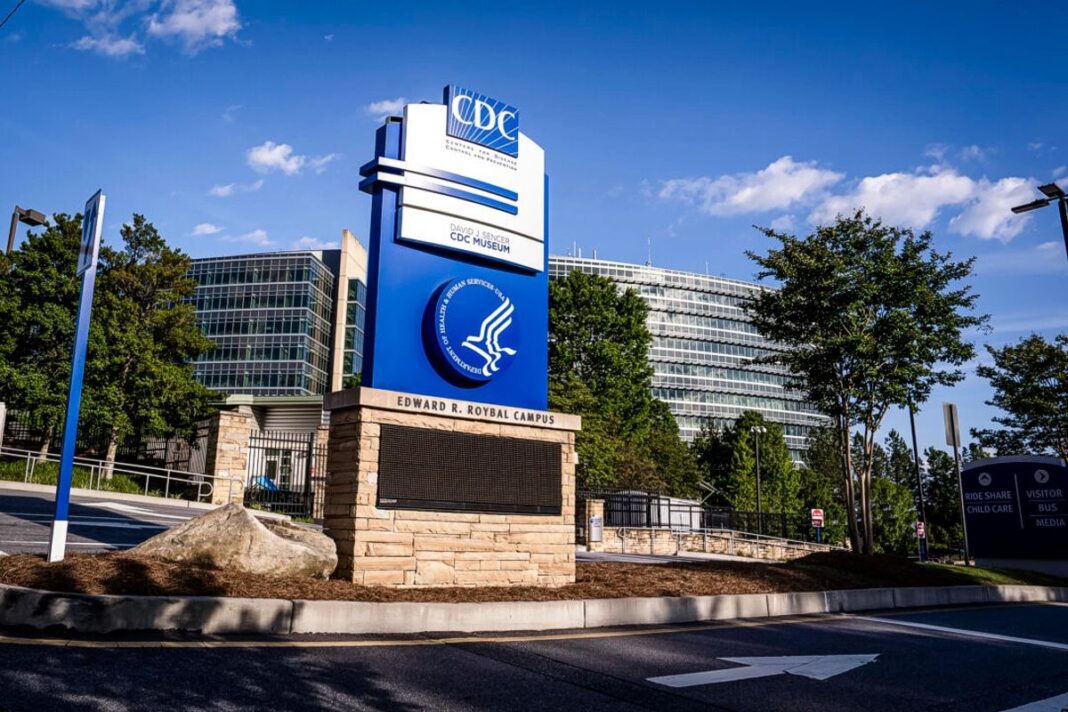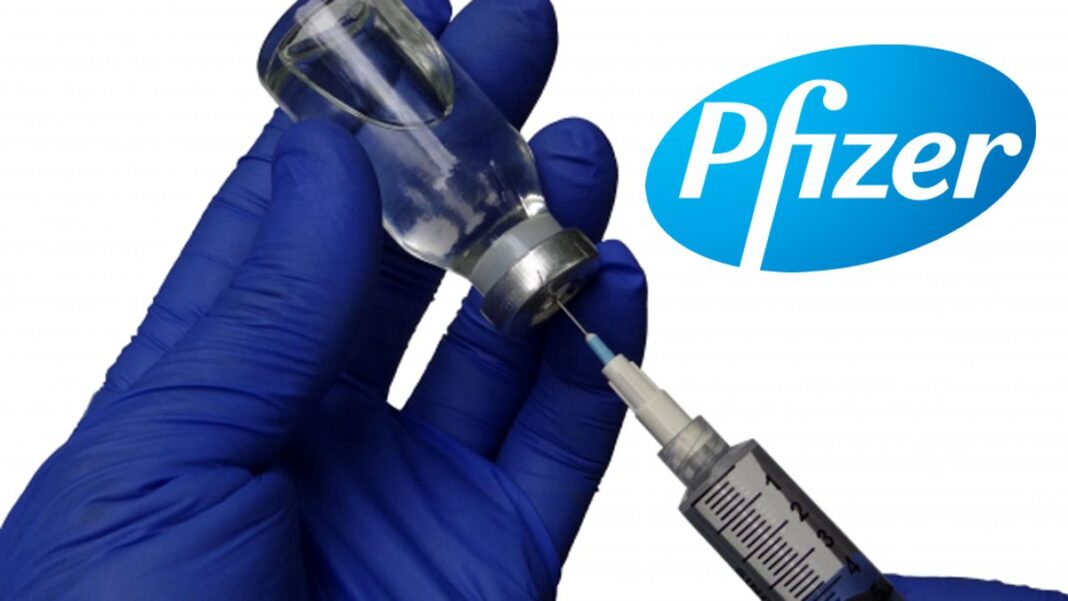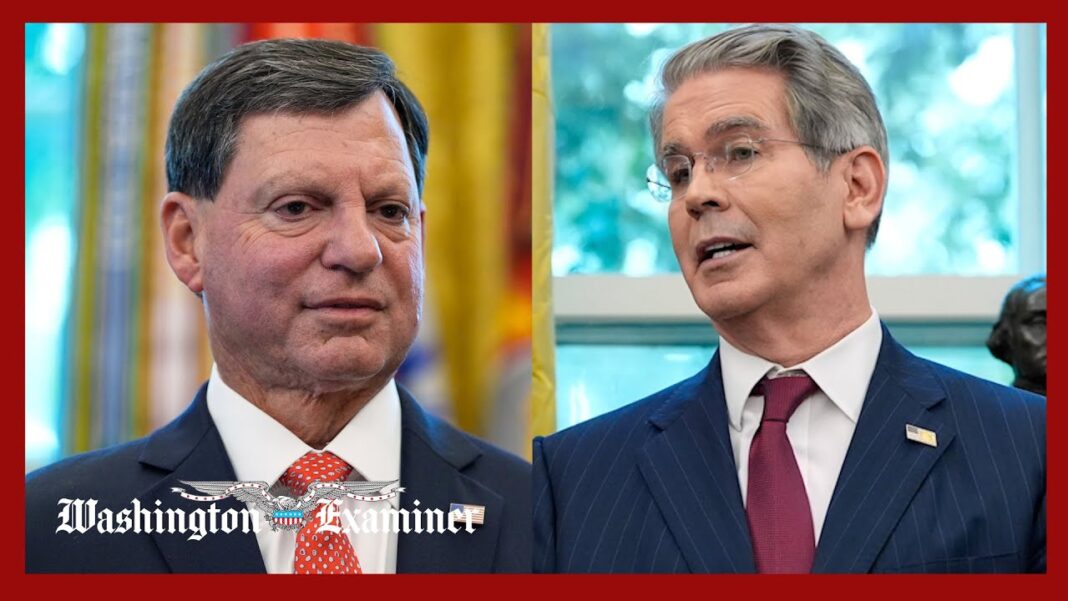The public health agency now advises children aged 1 receive a standalone vaccine for chickenpox, also known as varicella.
The Centers for Disease Control and Prevention on Oct. 6 stopped recommending a combination vaccine that contains a varicella component, advising a standalone shot against the disease.
The CDC is now advising that children aged 1 receive a standalone chickenpox vaccine, its parent agency, the Department of Health and Human Services, said in a statement.
Acting CDC Director Jim O’Neill, also the deputy health secretary, made the change based on advice from the Advisory Committee on Immunization Practices (ACIP).
Advisers in September said the CDC should stop recommending the measles, mumps, rubella, varicella vaccine due to data showing that younger children faced an elevated risk of febrile seizures if they received the vaccine.
Instead, children should receive the measles, mumps, rubella (MMR) vaccine and, separately, a chickenpox shot, the panel said in a split vote.
“The CDC child and adolescent immunization schedule’s new recommendation of standalone chickenpox vaccination for toddlers through age three follows evidence presented to ACIP by the CDC Immunization Safety Office’s that healthy 12–23 months old toddlers have increased risk of febrile seizure seven to 10 days after vaccination for the combined measles, mumps, rubella, and varicella vaccine compared to those given immunization for chickenpox separately,” the Department of Health and Human Services said.
“The combination vaccine doubles the risk of febrile seizures without conferring additional protection from varicella compared to standalone vaccination.”
The measles vaccine is mandated in nearly every state for school attendance.
The CDC’s official childhood immunization schedule has not yet been updated to reflect the change.
The schedule states that children should receive their first shot against measles around 12 months of age and a second shot sometime after turning 4 and before turning 7.
The schedule recommends that for the first dose, children younger than 4 receive the MMR vaccine and a separate varicella vaccine. However, the four-antigen combination shot “may be used if parents or caregivers express a preference,” the CDC says in schedule notes.
About 15 percent of children receive the measles, mumps, rubella, varicella shot for their first dose, according to CDC data.
A majority of advisers said a change was warranted, given the higher risk of febrile seizures.








